In today’s digital age, where our lives are intertwined with technology, having a strong and reliable cellular signal has become a necessity. Whether it’s for making important calls, accessing data on the go, or streaming high-definition videos, the quality of our cellular connection plays a crucial role. However, many people struggle with poor signal strength, dropped calls, and slow data speeds, often without realizing that the solution could be as simple as knowing the location of the nearest cell tower.
Heading out on an RV trip or long drive? Knowing the nearest cell towers helps you maintain strong signal and fast data anywhere. Pair with a HiBoost RV booster for uninterrupted coverage.
Shop RV Signal Boosters →This comprehensive guide aims to shed light on the importance of knowing your nearest cell tower locations and provide practical methods for finding 4G and 5G towers quickly. From understanding the basics of how cell towers work to utilizing advanced techniques for locating them, this guide will equip you with the knowledge to optimize your cellular connectivity.


Why Finding Your Cell Tower Locations Matters
The significance of knowing the location of cell towers cannot be overstated. It directly impacts the quality of your cellular experience, affecting call clarity, data speed, and overall connectivity. By being aware of the nearest cell tower locations, you can take proactive steps to improve your signal strength and ensure a seamless connection.
Knowing the proximity of cell towers becomes especially crucial in areas with challenging terrain or limited network coverage. It empowers you to make informed decisions about the best spots for making calls, accessing faster data speeds, and even choosing a suitable location for a home or office where signal strength is optimal.

How Far Can Cell Towers Reach?
Cell towers serve as the backbone of our mobile communication infrastructure, transmitting and receiving signals to and from our devices. The coverage range of a cell tower can vary based on several factors such as the terrain, frequency bands used, and the specific technology deployed (e.g., 4G or 5G). Generally, a typical cell tower can cover a radius of several miles, providing cellular connectivity to a specific geographic area.
However, it’s important to note that the actual coverage area of a cell tower is not always a perfect circle. Terrain, building structures, and other obstructions can impact the reach of a cell tower, leading to areas with weaker signal strength or dead zones. Understanding the limitations of cell tower coverage can help in identifying potential areas where signal boosters or other solutions may be necessary.
How Do Cell Towers Work?
Cell towers operate using a combination of sophisticated technology to facilitate wireless communication. At the heart of a cell tower are antennas, which transmit and receive signals to and from mobile devices. These antennas are connected to transceivers that process the signals and relay them to the network’s core infrastructure.
In addition to antennas and transceivers, cell towers are also linked to the broader network through backhaul connections, which enable the transfer of data between the tower and the network’s core. This seamless integration of hardware and network infrastructure allows cell towers to provide reliable cellular connectivity to mobile users within their coverage area.
Top 7 Ways to Find Your Nearest 4G or 5G Cell Phone Tower
1) Try a Cell Tower Map Website
One of the simplest ways to find the location of nearby cell towers is to use online platforms that provide detailed maps of cell tower locations. These websites aggregate data from various sources to create comprehensive maps that display the locations of 4G and 5G towers.
Users can input their location or search for specific areas to view nearby cell towers, along with information about the network operators and technologies deployed at each tower. Some websites also provide additional details such as tower height, azimuth, and the type of antennas used, offering a deeper understanding of the local cellular infrastructure.
2) Download a Cell Tower Locating App
For those who prefer a more mobile-centric approach, there are dedicated apps designed to identify nearby cell towers based on the user’s current location. These apps leverage GPS data to provide real-time information about the nearest cell towers, often accompanied by details such as signal strength, network operators, and available technologies.
Many of these apps also offer crowd-sourced data, allowing users to contribute their own observations of cell tower locations and signal strength, further enhancing the accuracy and coverage of the app’s database. By using these apps, users can quickly pinpoint the closest 4G and 5G cell towers with just a few taps on their smartphones.
3) Measure Your Signal Strength
Another effective method for identifying the proximity of cell towers is to measure the signal strength of your mobile device. Most smartphones have built-in features that enable users to view the signal strength in decibels (dBm) or through visual indicators such as signal bars. Additionally, there are third-party apps available on app stores that provide more detailed and real-time signal strength measurements.
By monitoring the signal strength and observing changes as you move within different areas, you can gain insights into the relative distance to the nearest cell tower. Stronger signal strength typically indicates closer proximity to a cell tower, while weaker signals may suggest a greater distance or the presence of obstructions that attenuate the signal.
4) Check Cell Tower Company Websites
Many cellular network providers offer resources on their official websites that allow users to locate nearby cell towers. These resources may include interactive maps, search tools, or dedicated sections that provide information about the network’s infrastructure, including the locations of 4G and 5G towers.
By visiting the websites of major cellular carriers, users can access detailed information about the coverage area, tower locations, and the specific technologies deployed in their region. This direct access to official network data can be valuable in understanding the cellular landscape and making informed decisions about signal optimization.
5) Try Wardriving
Wardriving is a technique that involves using a vehicle equipped with a GPS receiver and wireless network detection equipment to detect and map wireless networks, including cell towers, while driving through an area. While originally used for mapping Wi-Fi networks, the concept can be extended to identify the locations of cellular towers as well.
By conducting wardriving activities in areas where cell tower locations are of interest, users can collect data about the distribution of 4G and 5G towers, as well as the signal strength experienced at different points. This data can be used to create custom maps or contribute to existing databases, providing valuable insights for optimizing cellular connectivity.
6) Update Your Phone to New Cell Towers
As cellular network providers continually expand and upgrade their infrastructure, new cell towers are deployed to enhance coverage and support advanced technologies like 5G. It’s important for mobile device users to ensure that their phones are configured to connect with the latest available cell towers in their vicinity.
By regularly updating the preferred network settings on their smartphones and allowing the devices to scan for and connect to new towers, users can take advantage of improved signal quality and faster data speeds offered by the latest cellular infrastructure. This proactive approach can be particularly beneficial in areas where new towers have been added or existing towers have been upgraded.
7) Use a Signal Meter (Best Result)
For the most accurate and detailed assessment of cellular signal strength and the location of nearby cell towers, dedicated signal meters or cell signal analyzers can provide unparalleled insights. These specialized devices are designed to measure and display the exact signal strength in decibels, enabling users to perform precise signal strength surveys and identify the locations of 4G and 5G cell towers with high precision.
Signal meters are especially valuable for individuals or businesses seeking to optimize cellular connectivity in challenging environments, such as rural areas or urban settings with complex signal propagation characteristics. By leveraging the capabilities of signal meters, users can make informed decisions about signal enhancement solutions and ensure a robust cellular connection.
How to Find 5G Towers Near Me?
As the deployment of 5G technology continues to expand, the need to identify nearby 5G cell towers becomes increasingly important. Many of the methods discussed for locating 4G towers, such as using cell tower map websites, apps, signal strength measurements, and network provider resources, can also be applied to identifying 5G towers.
In addition to these methods, staying informed about the rollout of 5G in your area through official announcements from network providers and regulatory authorities can provide insights into the availability and locations of 5G towers. As 5G coverage expands, the tools and techniques for locating 5G towers will become more accessible and comprehensive.
Located Your Cell Tower, But Can’t Improve Your Cellular Signal?
Despite successfully identifying the nearest cell tower, some individuals may still experience poor cellular reception in their homes, offices, or other indoor environments. This can be attributed to various factors such as building materials, distance from the cell tower, or external interference, leading to degraded signal quality.
In such scenarios, the use of a home cell signal booster can be a highly effective solution for improving cellular signal strength and ensuring reliable connectivity. A home cell signal booster, also known as a cellular repeater or signal amplifier, is a device that captures an existing cellular signal, amplifies it, and then rebroadcasts the enhanced signal within a specific area.
Our Top Home Cell Signal Booster Kit Recommendations
1) 10K Smart Link: The 10K Smart Link from Hiboost is a powerful and versatile home cell signal booster kit designed to provide wide coverage and enhanced signal strength. With support for multiple cellular bands and advanced signal amplification capabilities, the 10K Smart Link is an ideal solution for addressing weak cellular signals in large residential or commercial spaces.
HiBoost 10K Smart Link Cellular Booster
Covers 4,000 - 10,000 sq. ft.
2) 4K Plus Pro: For smaller homes or offices seeking a reliable signal boosting solution, the 4K Plus Pro from Hiboost offers a compact and efficient option. With its easy installation and robust signal amplification performance, the 4K Plus is capable of significantly improving cellular connectivity within its coverage area, ensuring clear calls and fast data speeds.
HiBoost 4K Plus Pro Home Cellular Booster
Covers 3,000 - 6,000 sq. ft.
3) 10K Plus Pro: The 10K Plus Pro is a premium home cell signal booster kit that delivers exceptional signal enhancement across multiple frequency bands, making it suitable for areas with diverse cellular network deployments. Its advanced features, including automatic gain control and signal monitoring, make the 10K Plus an ideal choice for demanding cellular connectivity requirements.
HiBoost 10K Plus Pro Phone Signal Booster
Covers 6,000–12,000 sq. ft.
In conclusion, understanding the location of your nearest 4G and 5G cell towers is essential for optimizing your cellular signal strength and accessing faster network speeds. By utilizing the methods outlined in this comprehensive guide, including cell tower map websites, signal measurement techniques, and dedicated apps, you can gain valuable insights into the cellular infrastructure in your area. HiBoost RV boosters deliver reliable signal for calls, data, and streaming — even in remote areas. Enjoy full connectivity wherever your journey takes you.
Furthermore, the availability of home cell signal booster kits, such as the recommended products from Hiboost, offers a practical solution for improving cellular connectivity within indoor environments. Whether you’re experiencing poor signal quality at home, in the office, or in other indoor spaces, a home cell signal booster can significantly enhance your cellular experience.
Ultimately, by being informed about the location of nearby cell towers and having access to effective signal enhancement solutions, you can ensure a reliable and robust cellular connection, empowering you to stay connected, productive, and engaged in today’s digital world.
Recommended Reading
How to Test Cell Phone Signal Strength The Right Way
How to Choose a Signal Booster Based on Tower Distance
How to Use Field Test Mode to Find Cell Tower Location
Which Carrier Has the Best Coverage in My Area? AT&T vs Verizon vs T-Mobile
How to Check Cell Signal Strength at Home Before Switching Carriers
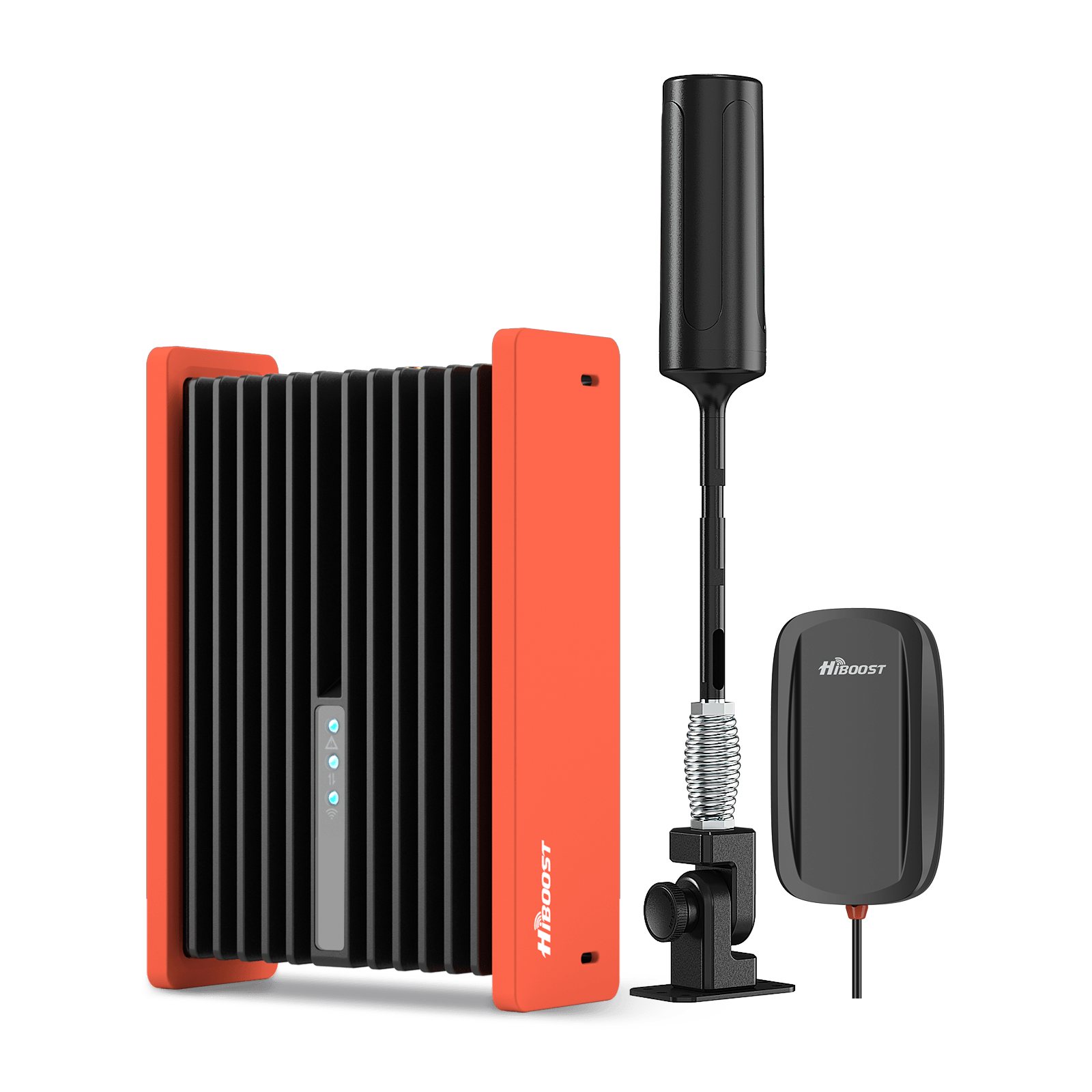
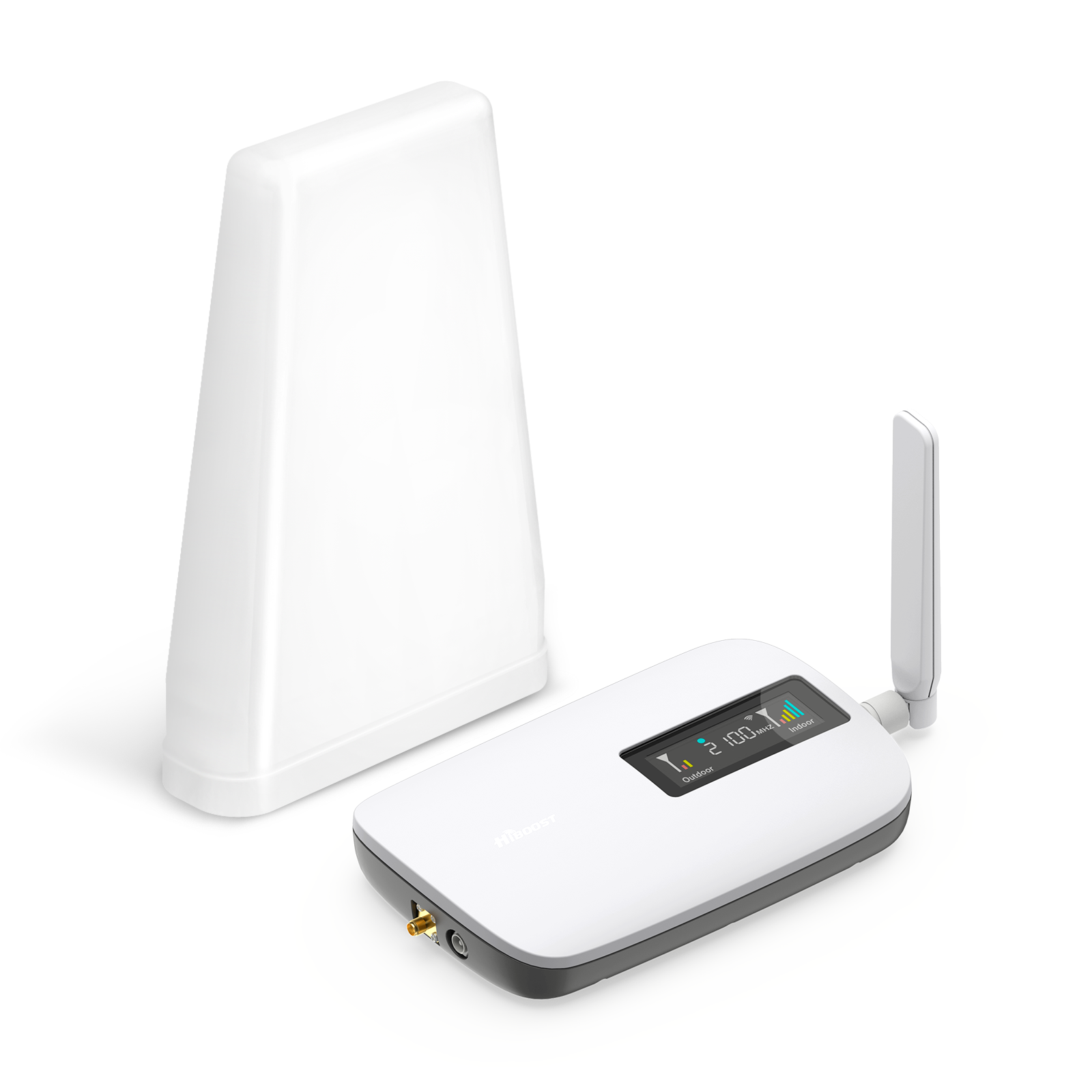
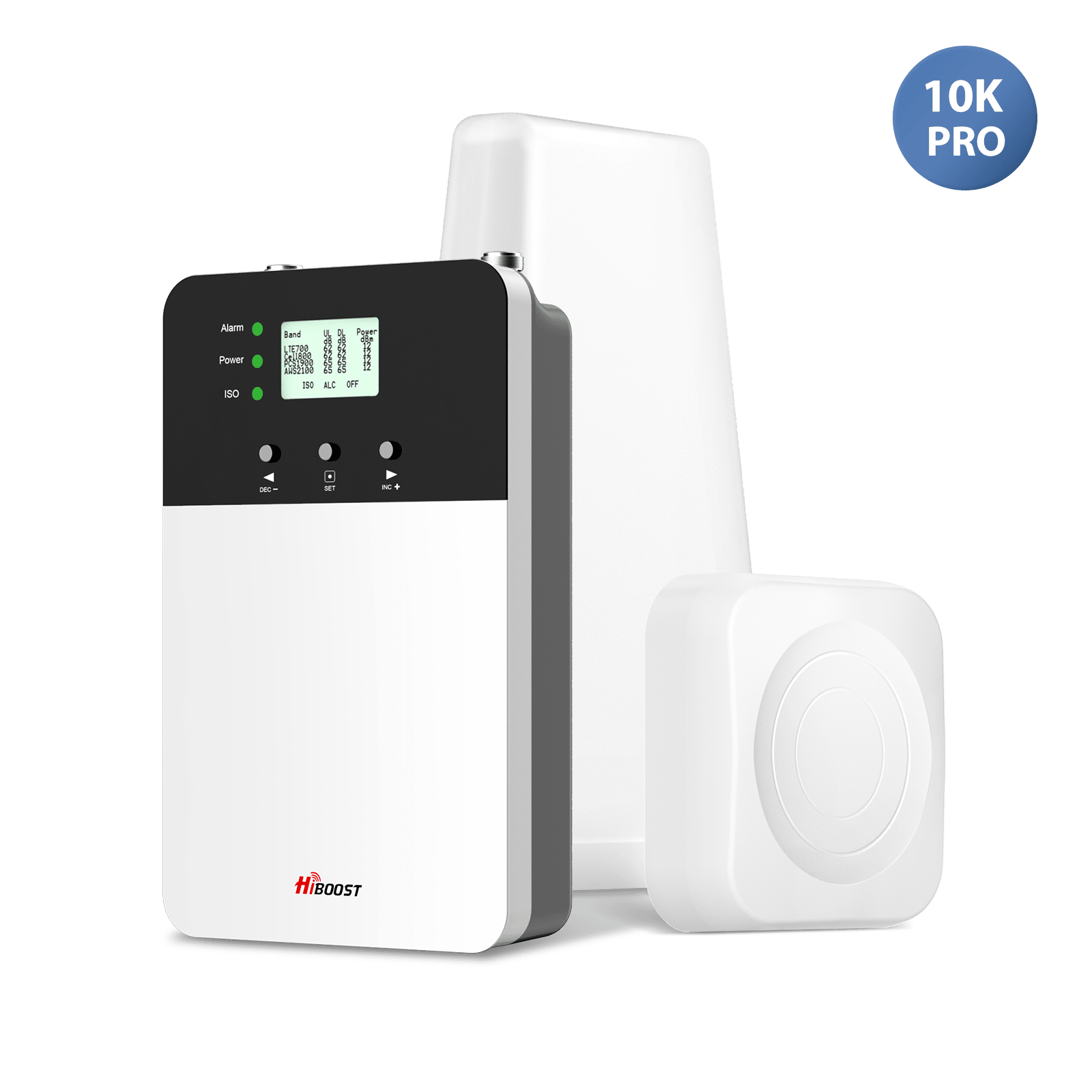
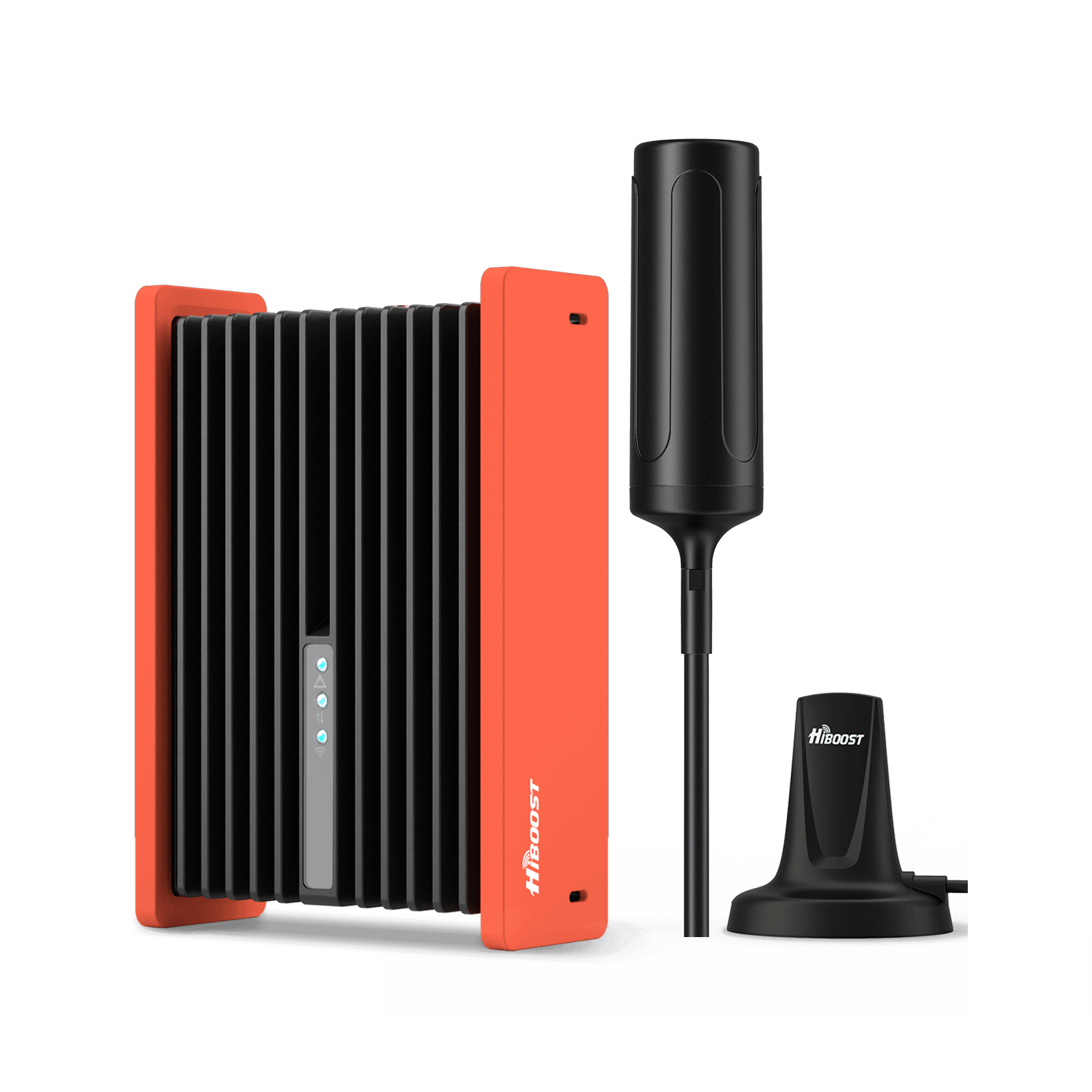
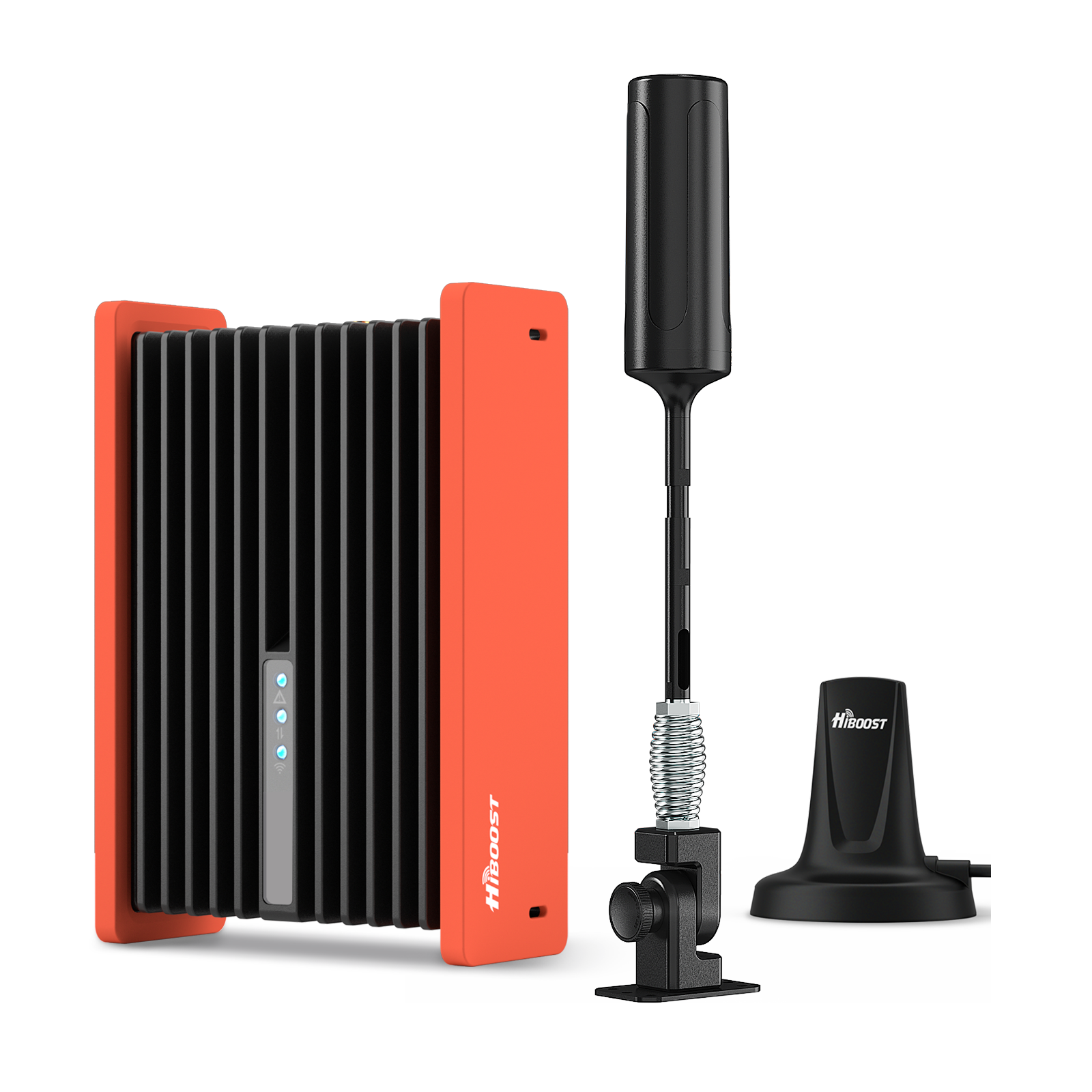
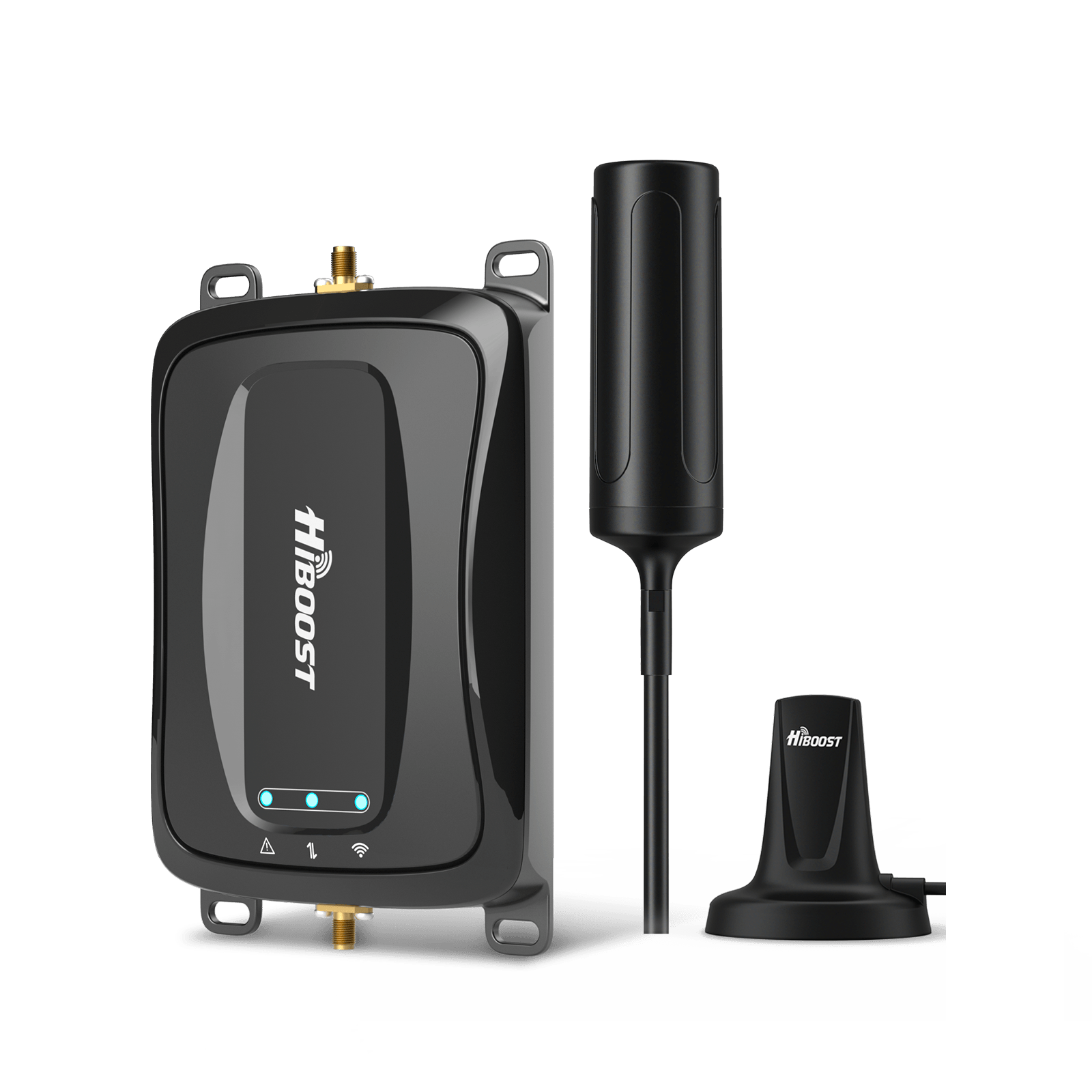
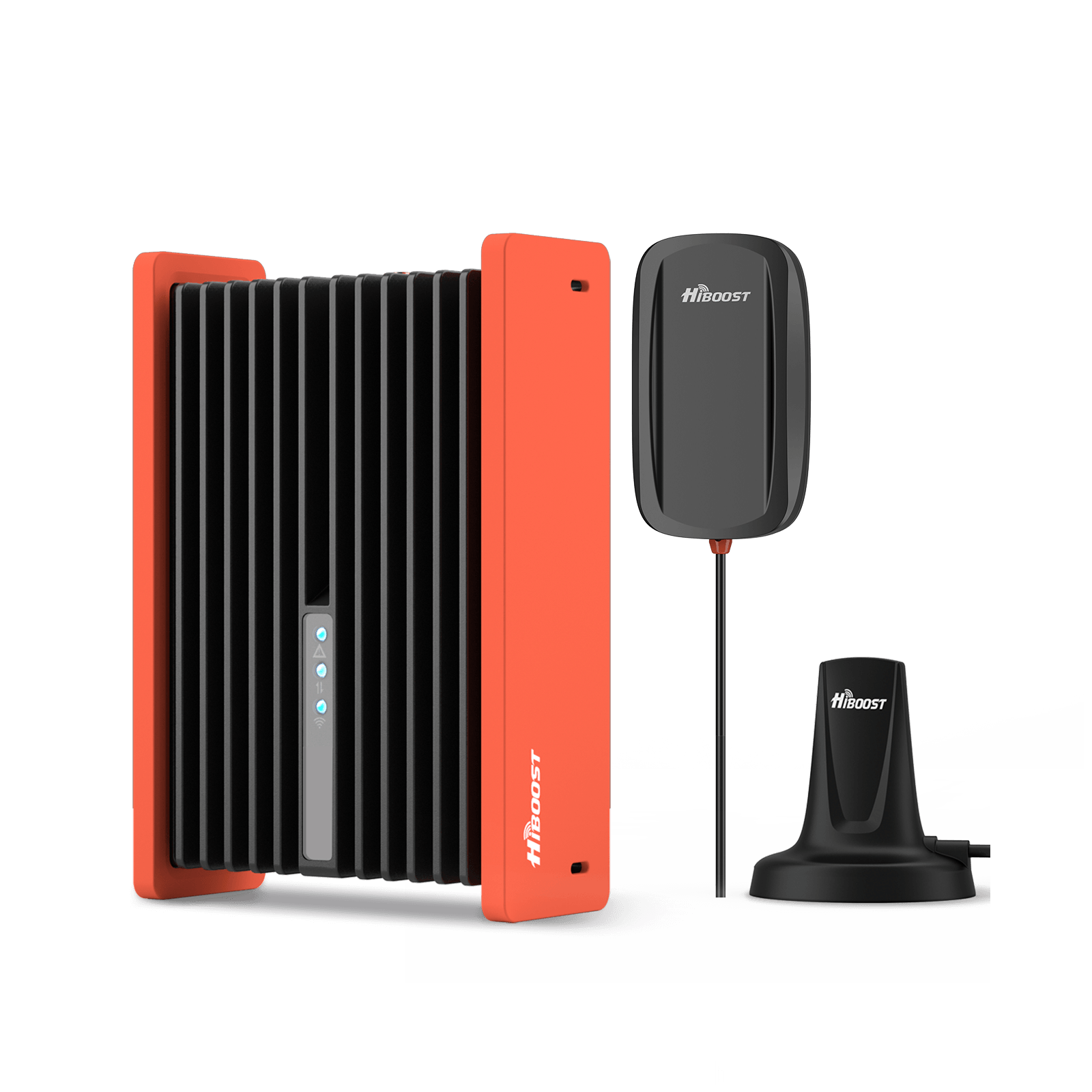
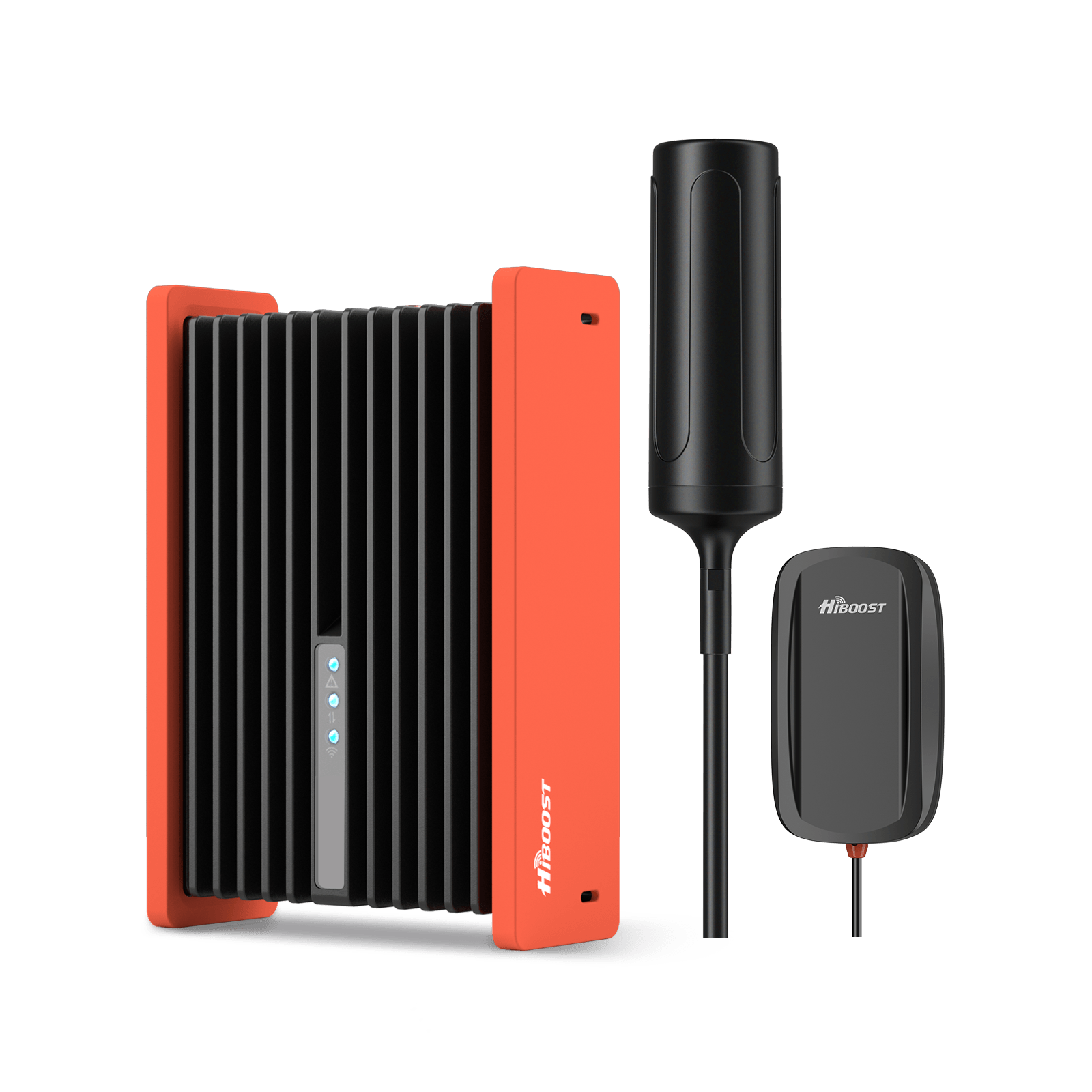
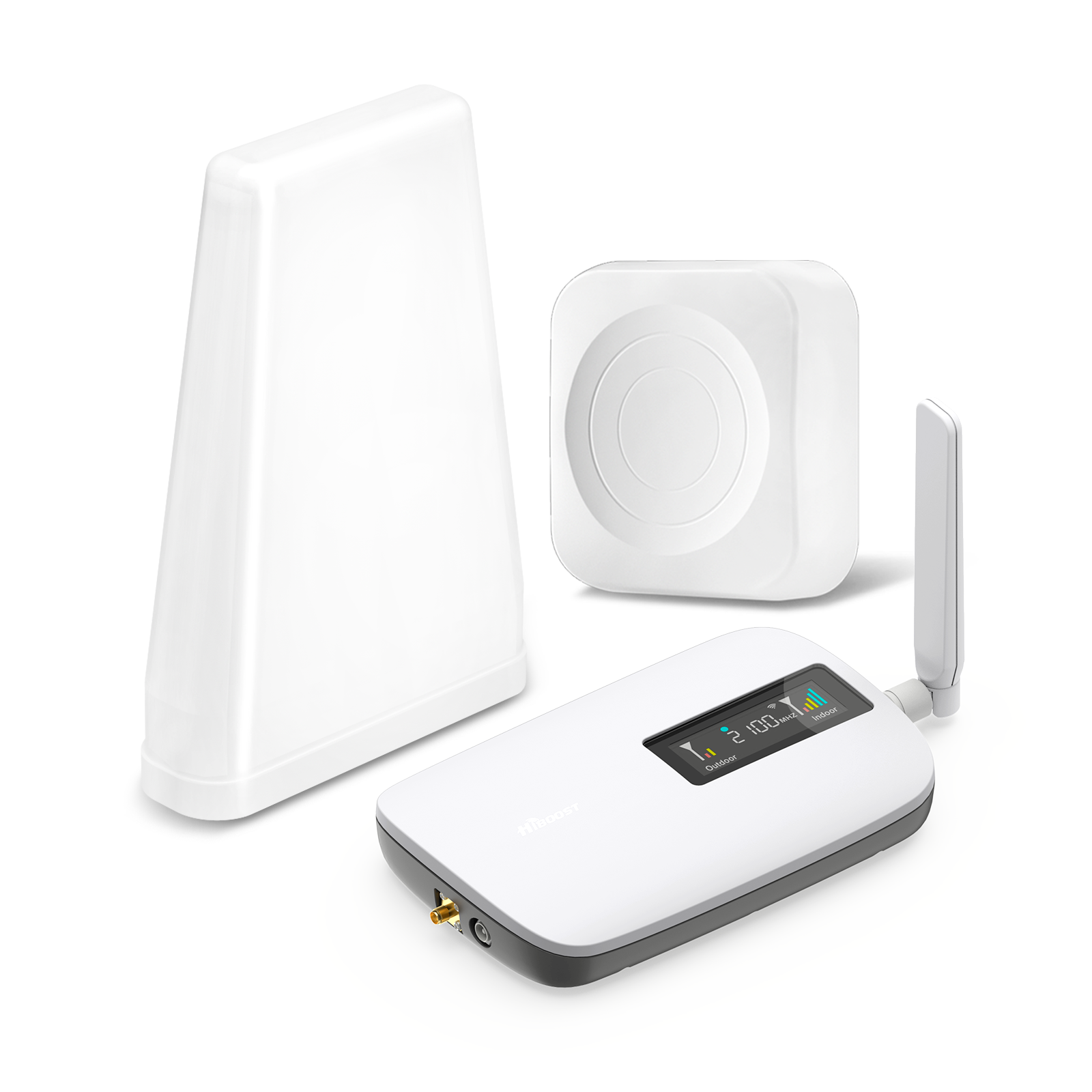
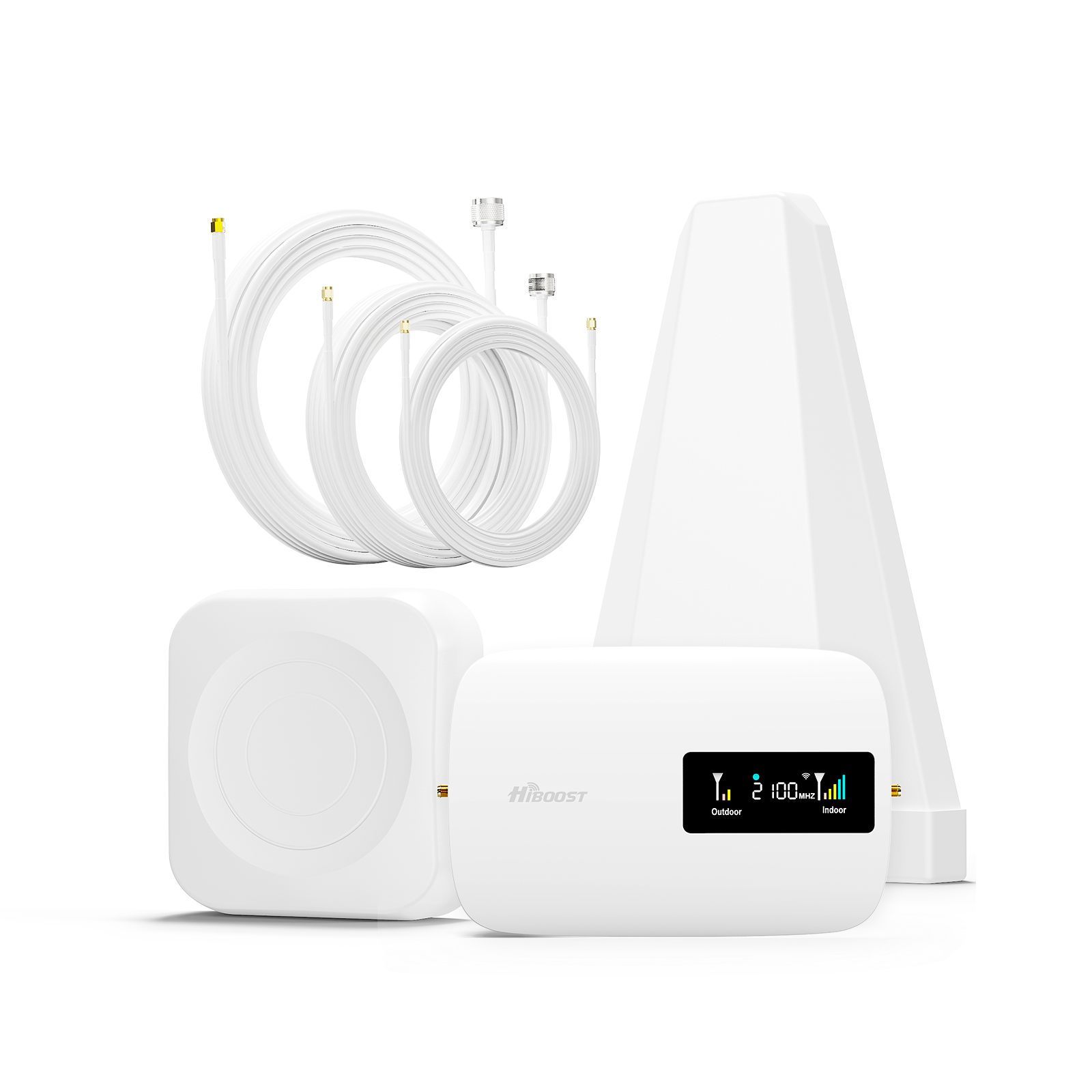
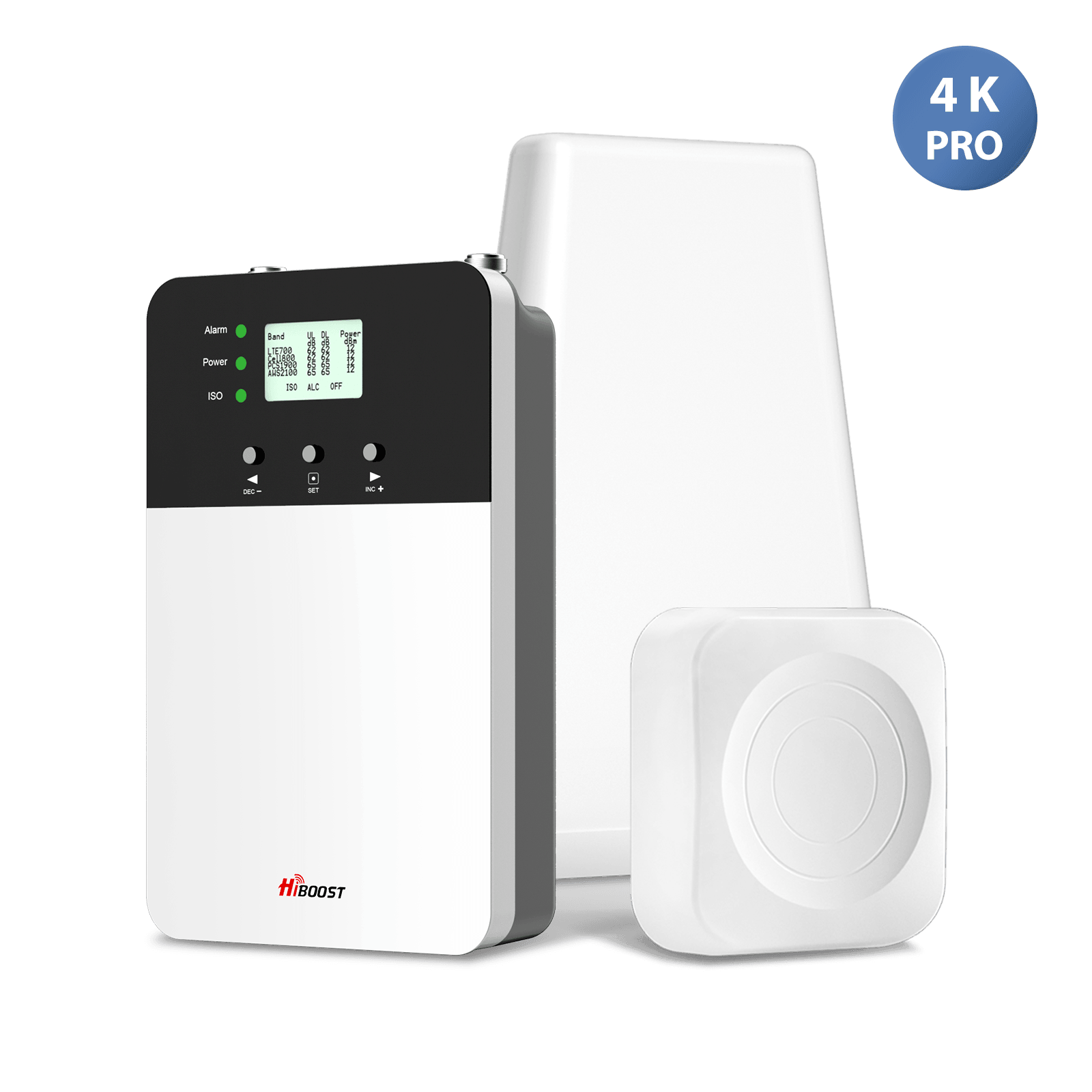
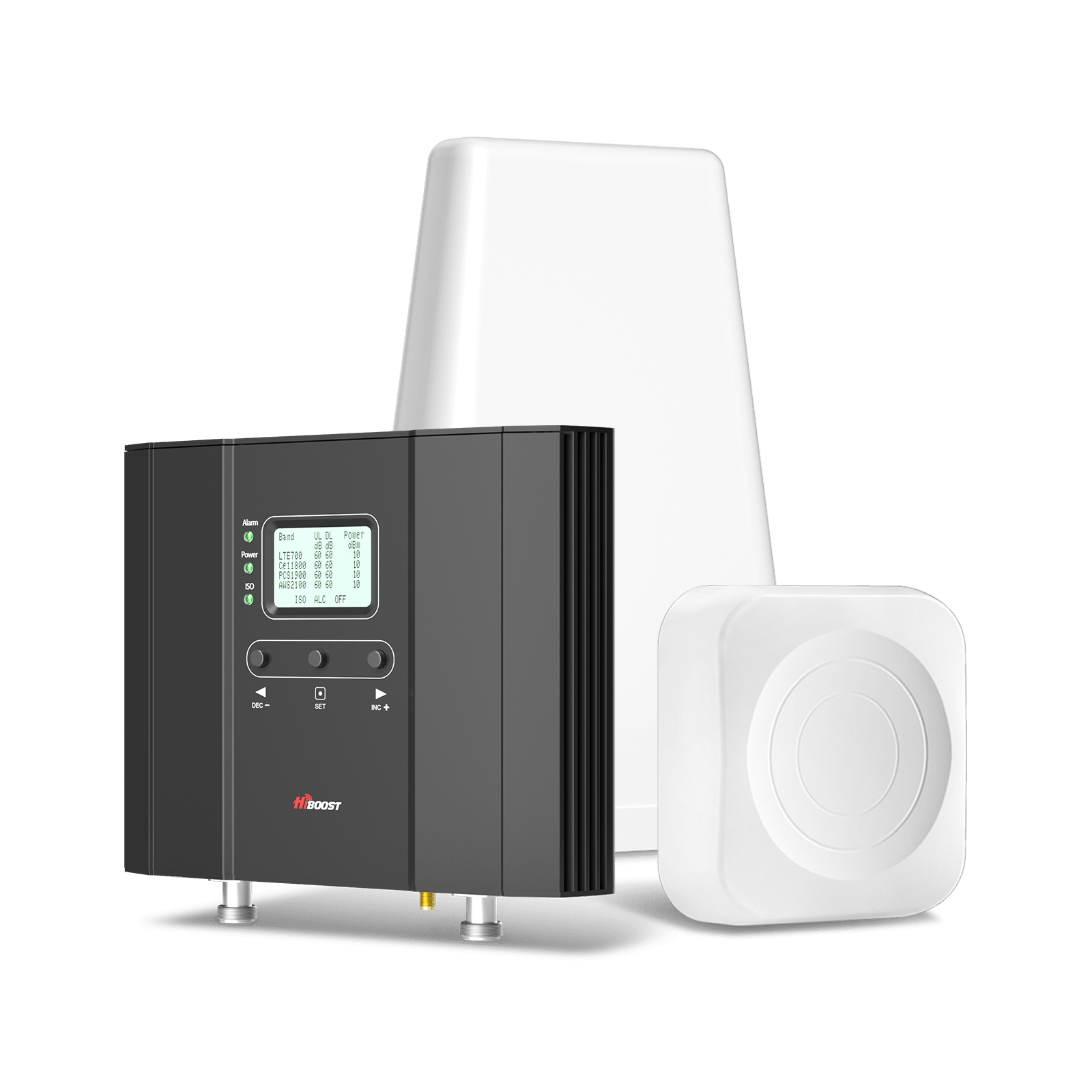
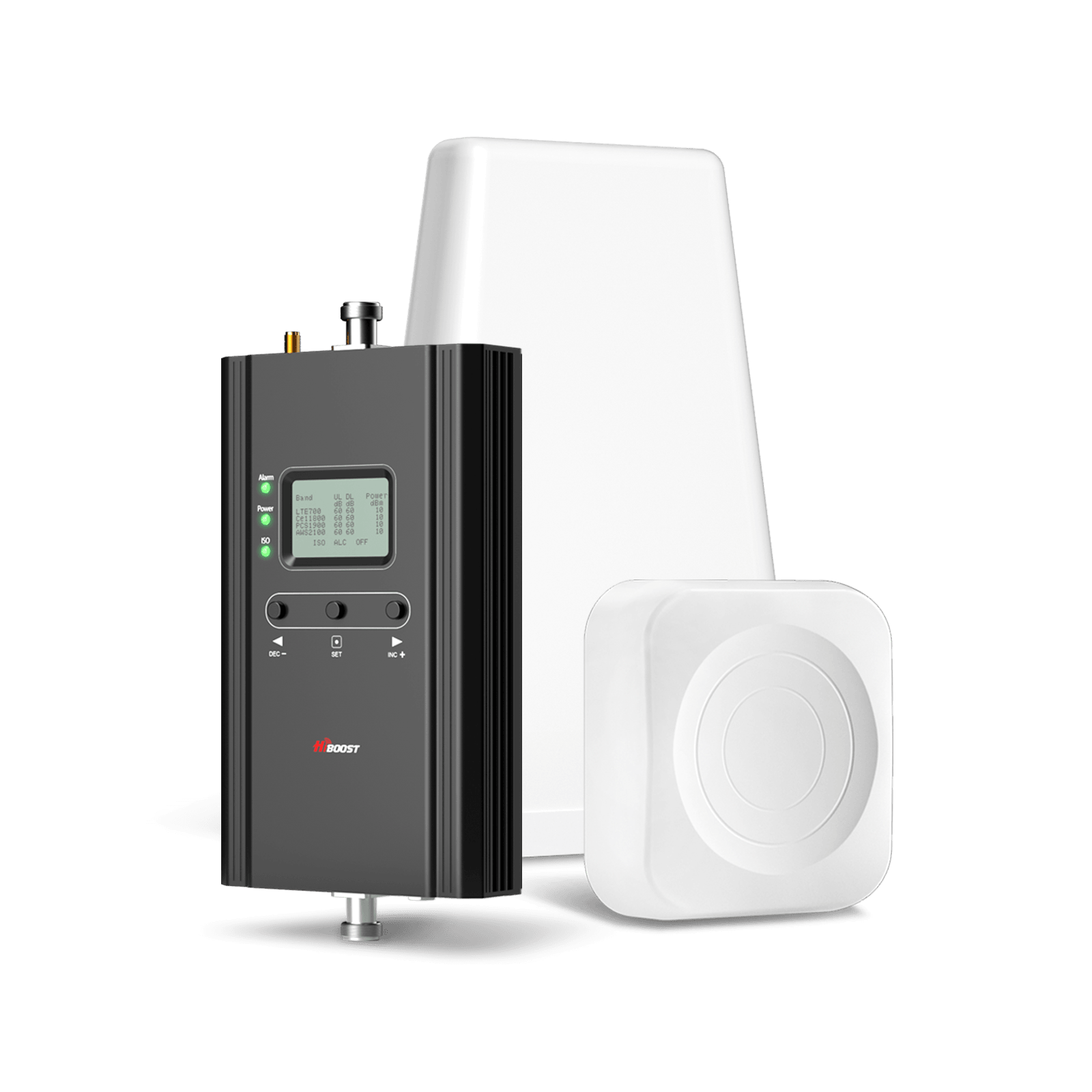
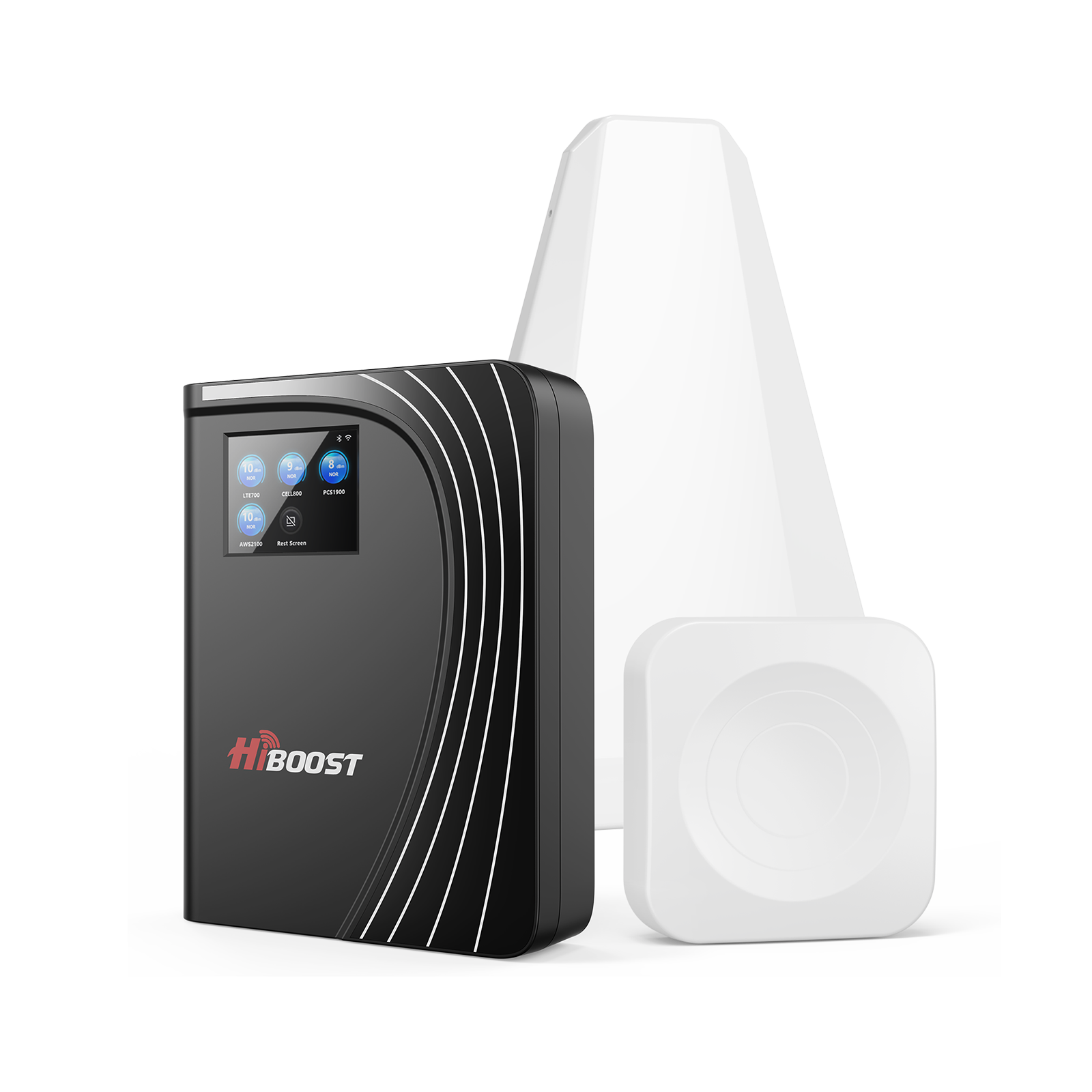
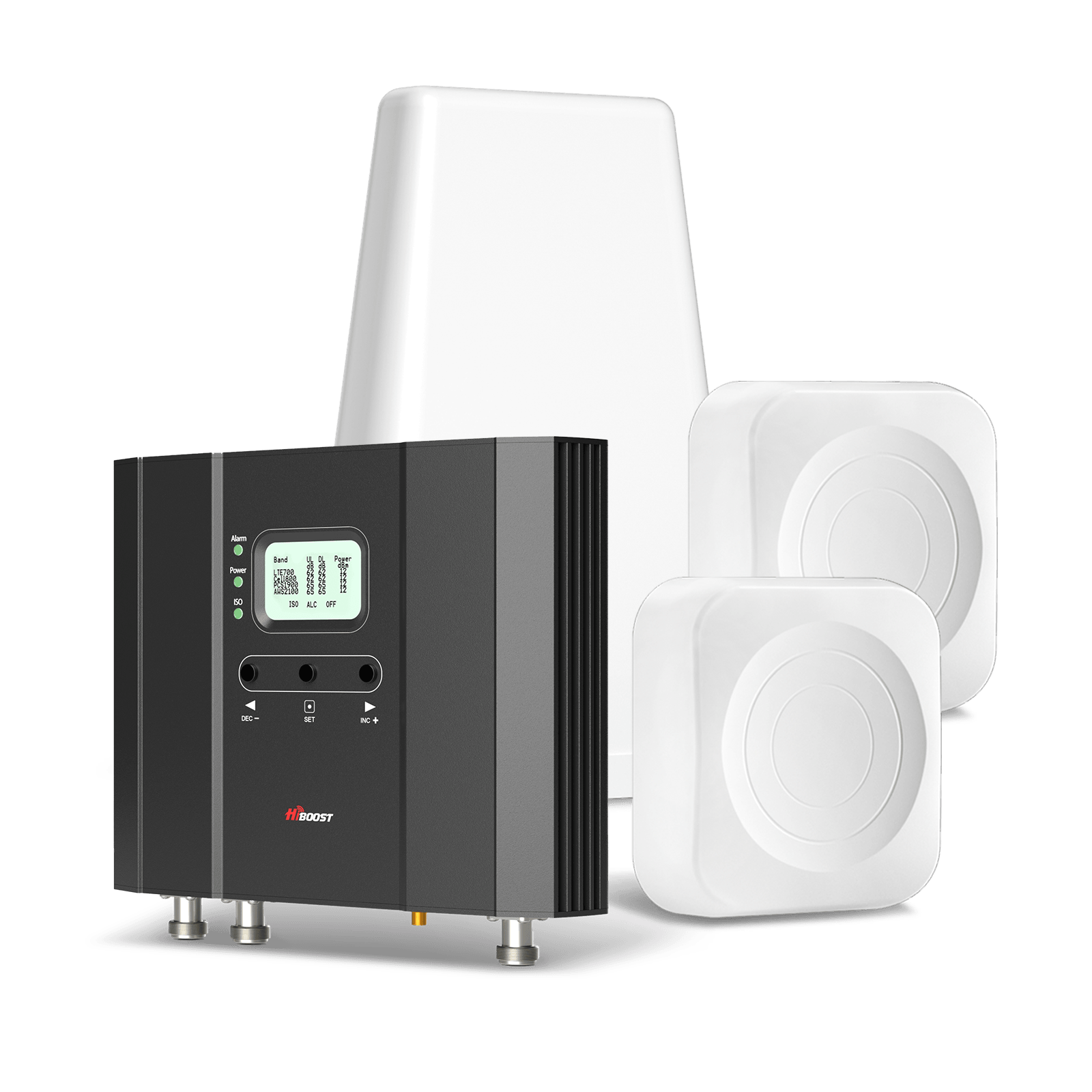
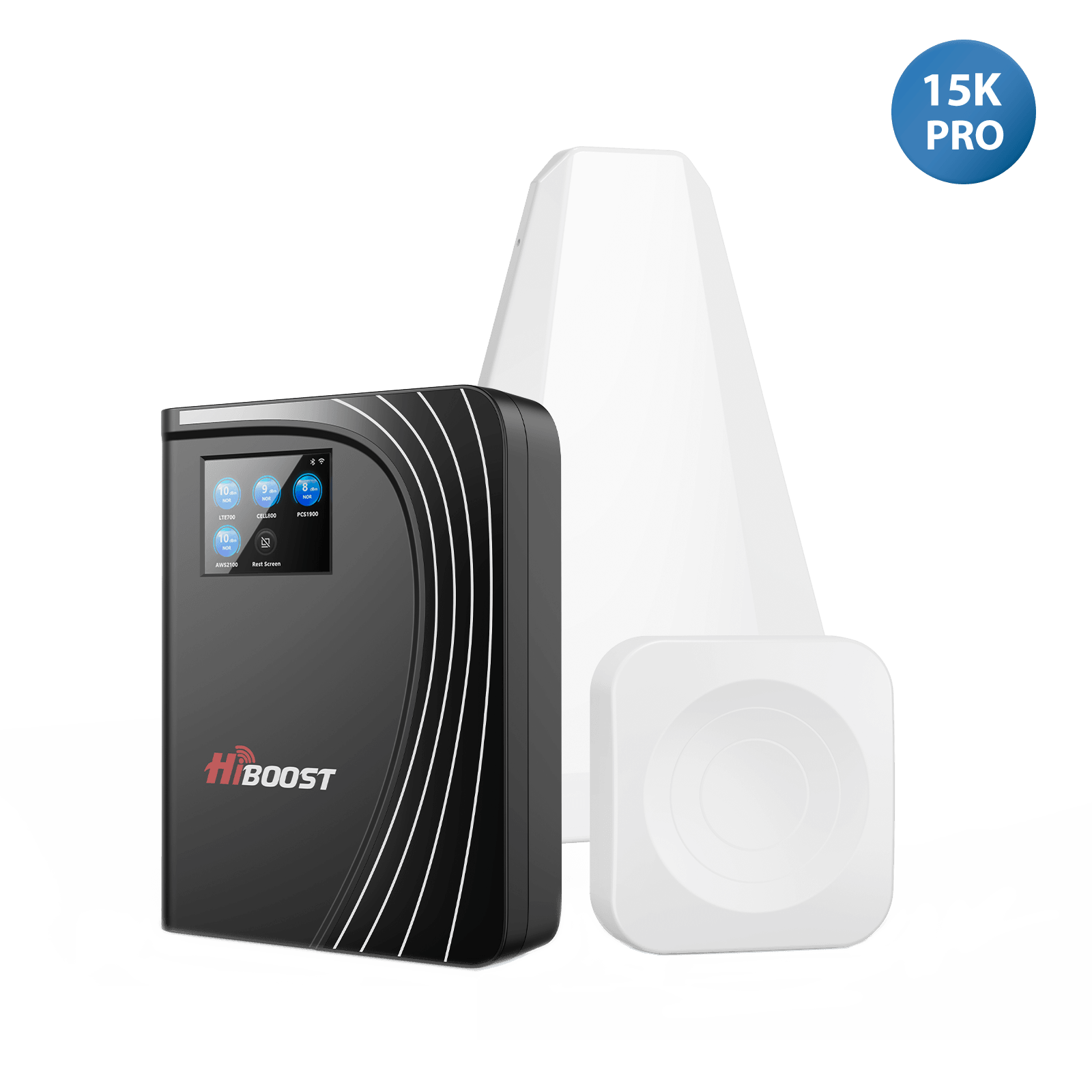
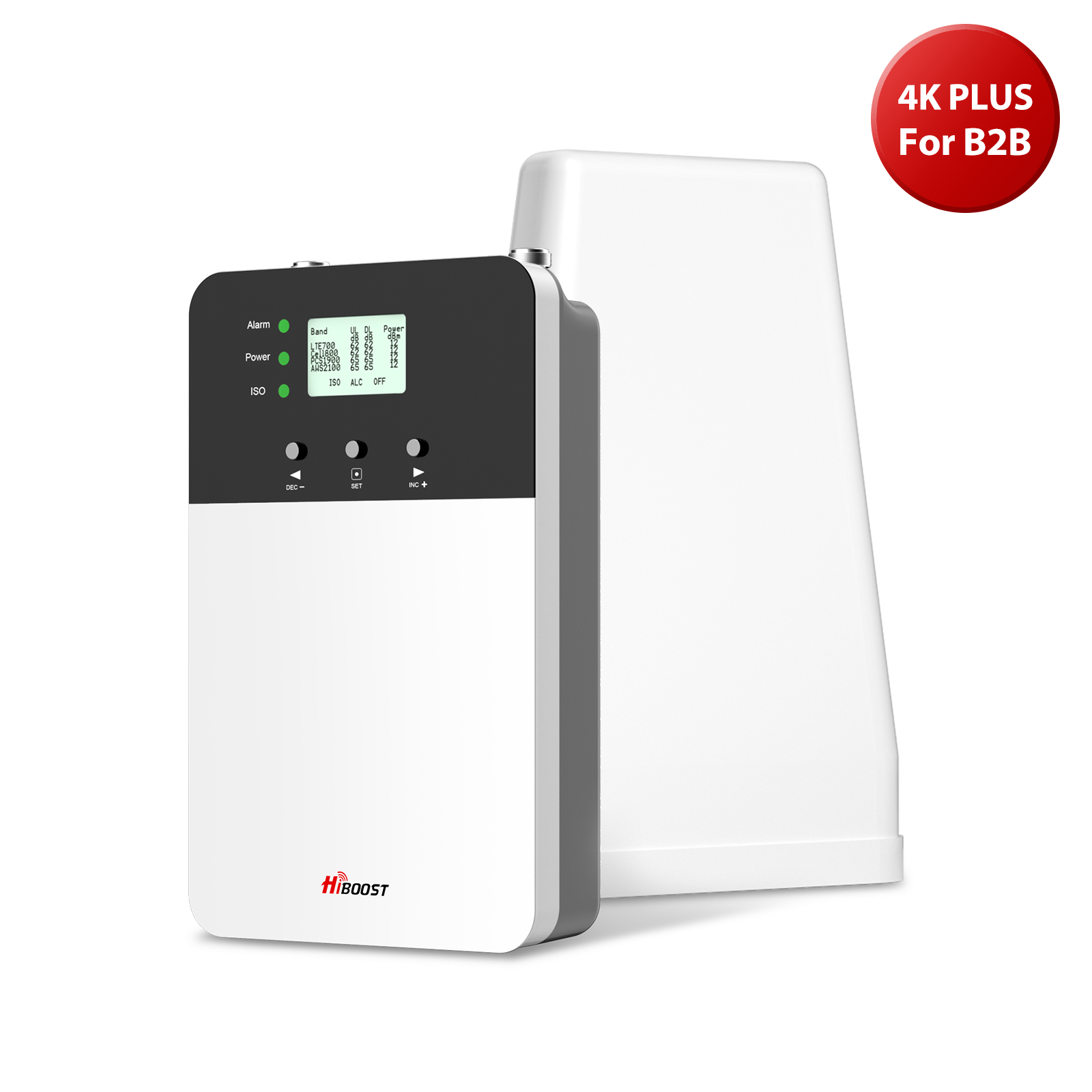
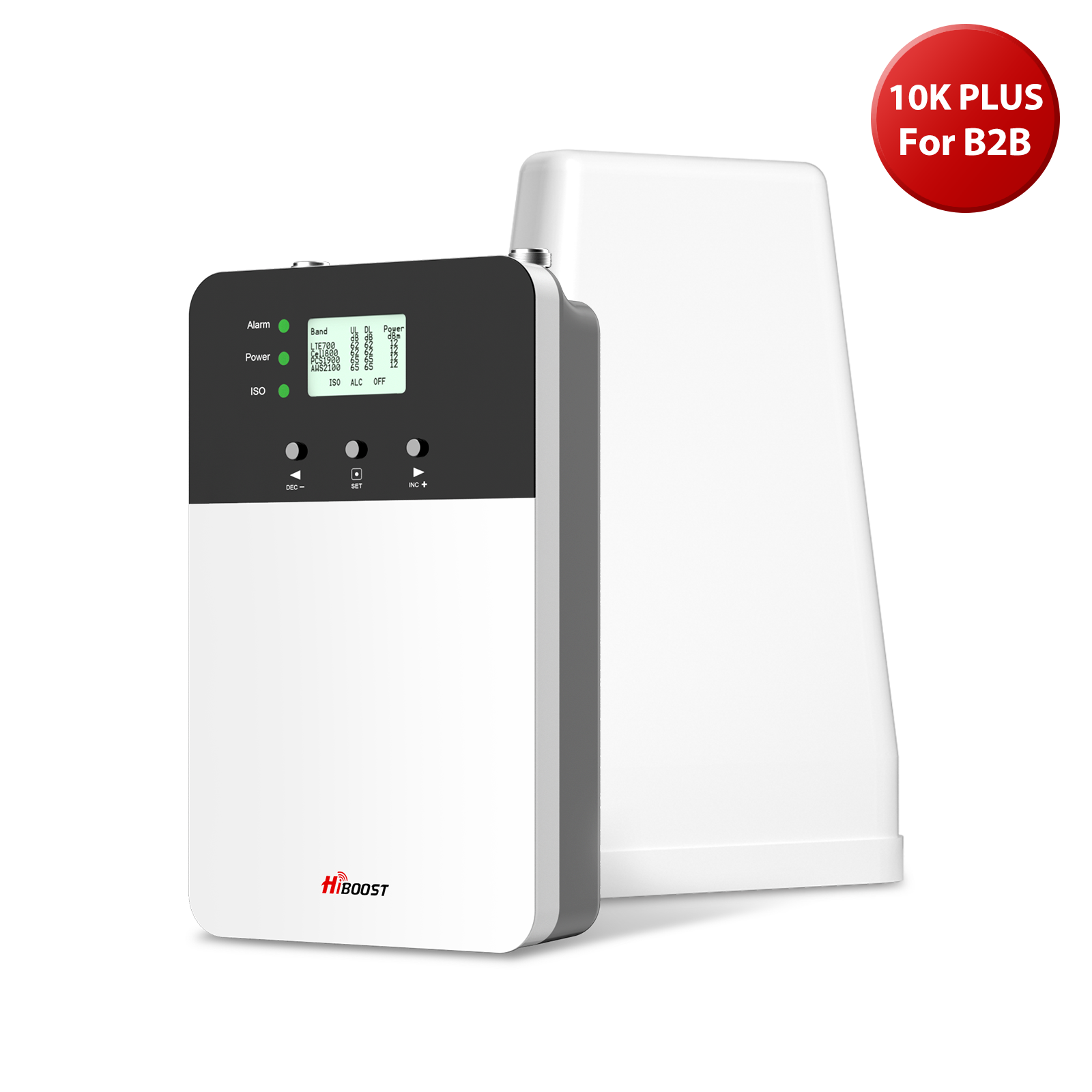
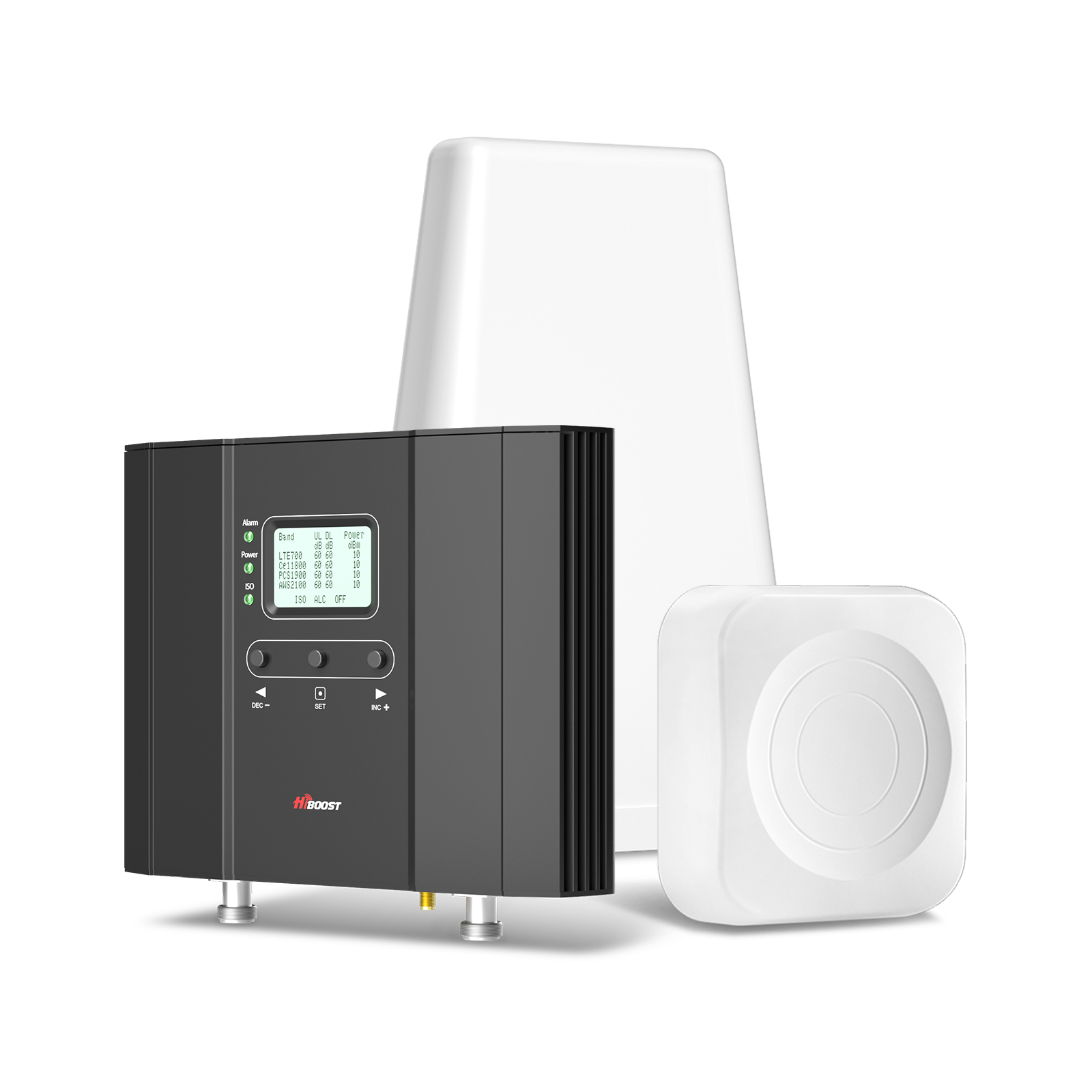
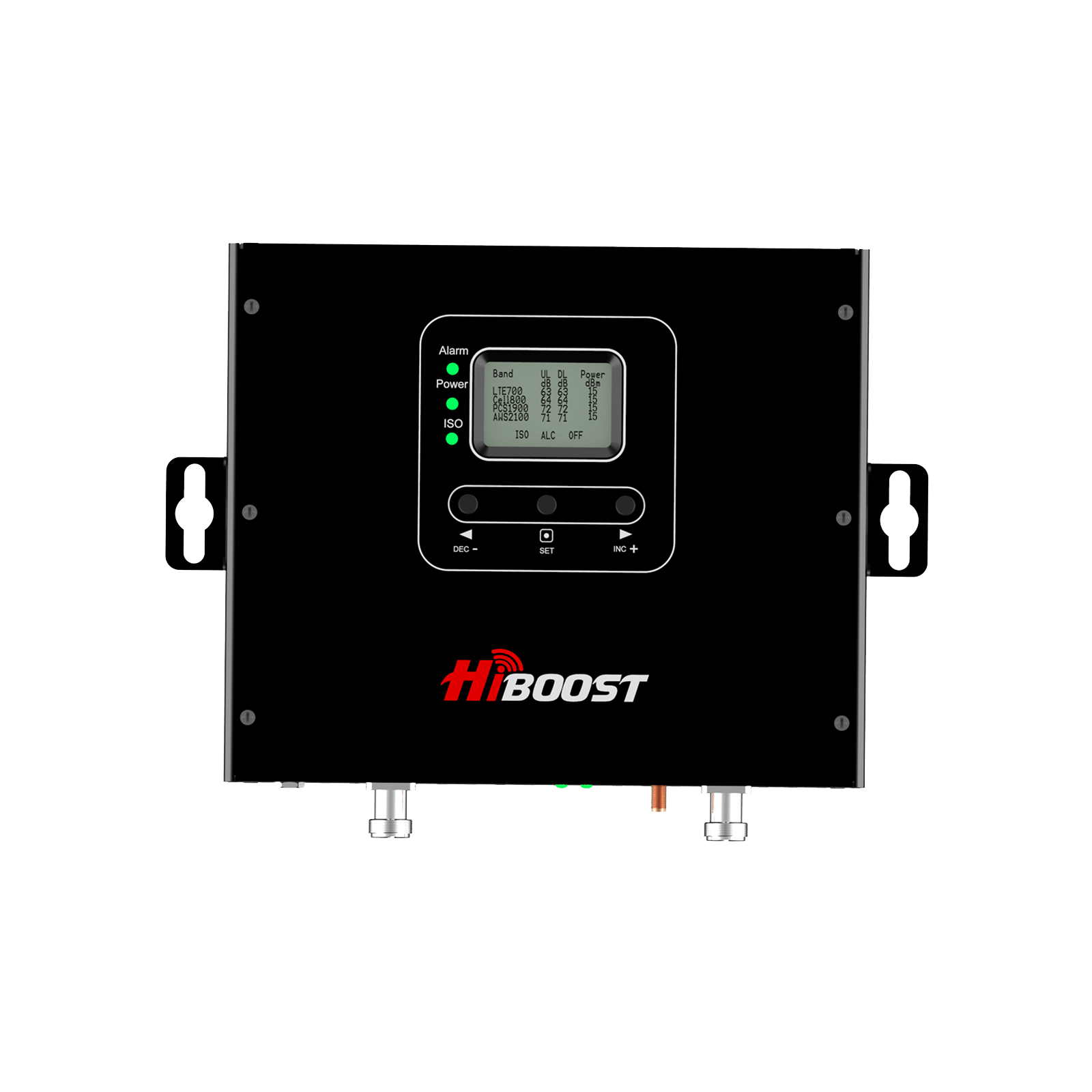
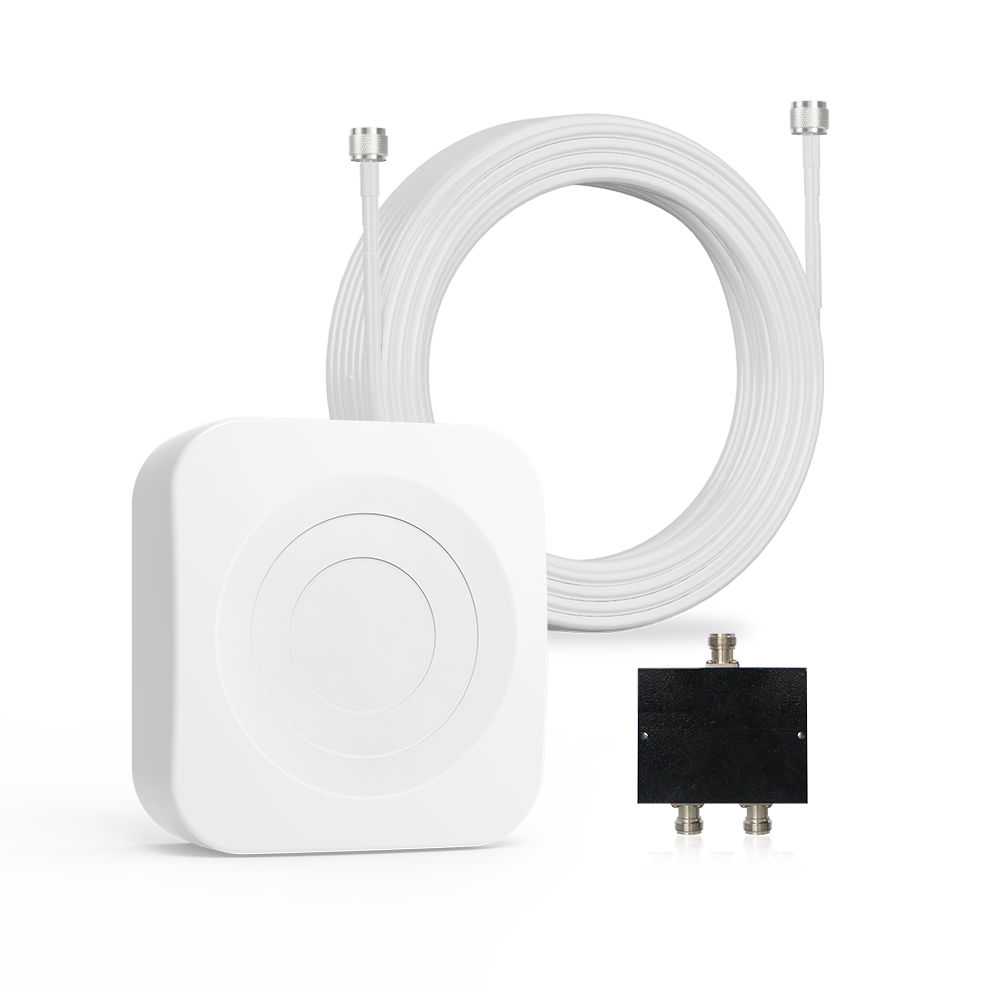
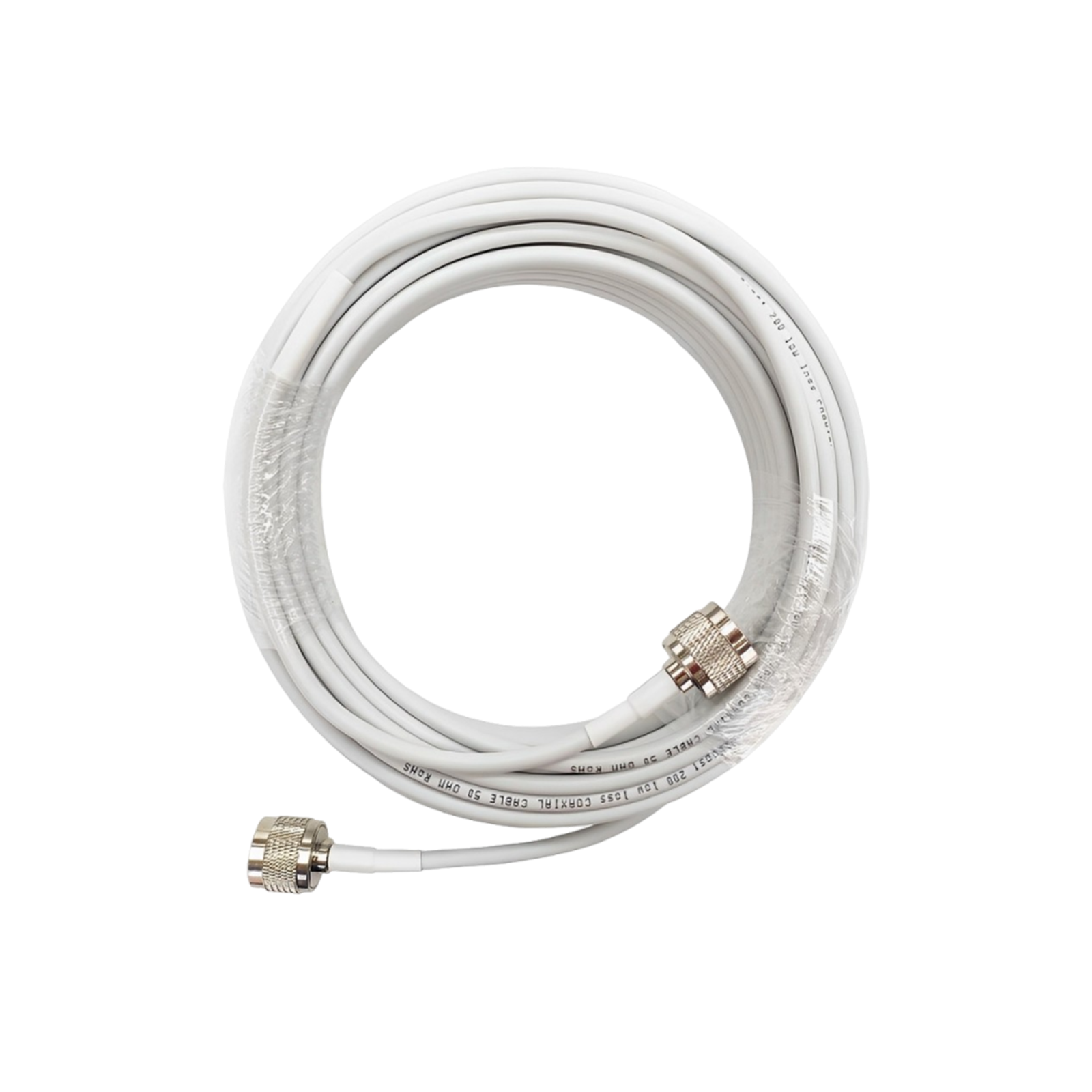
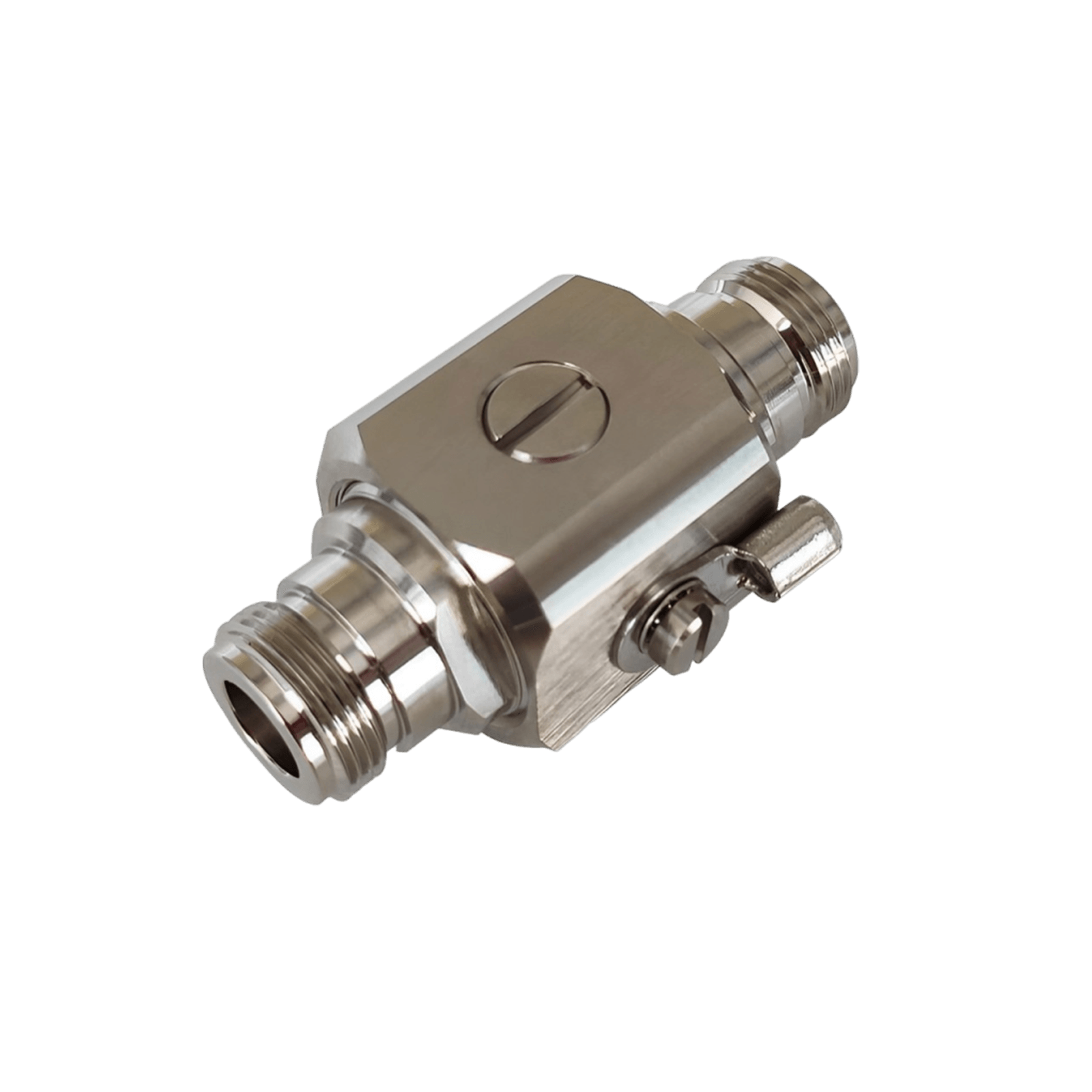
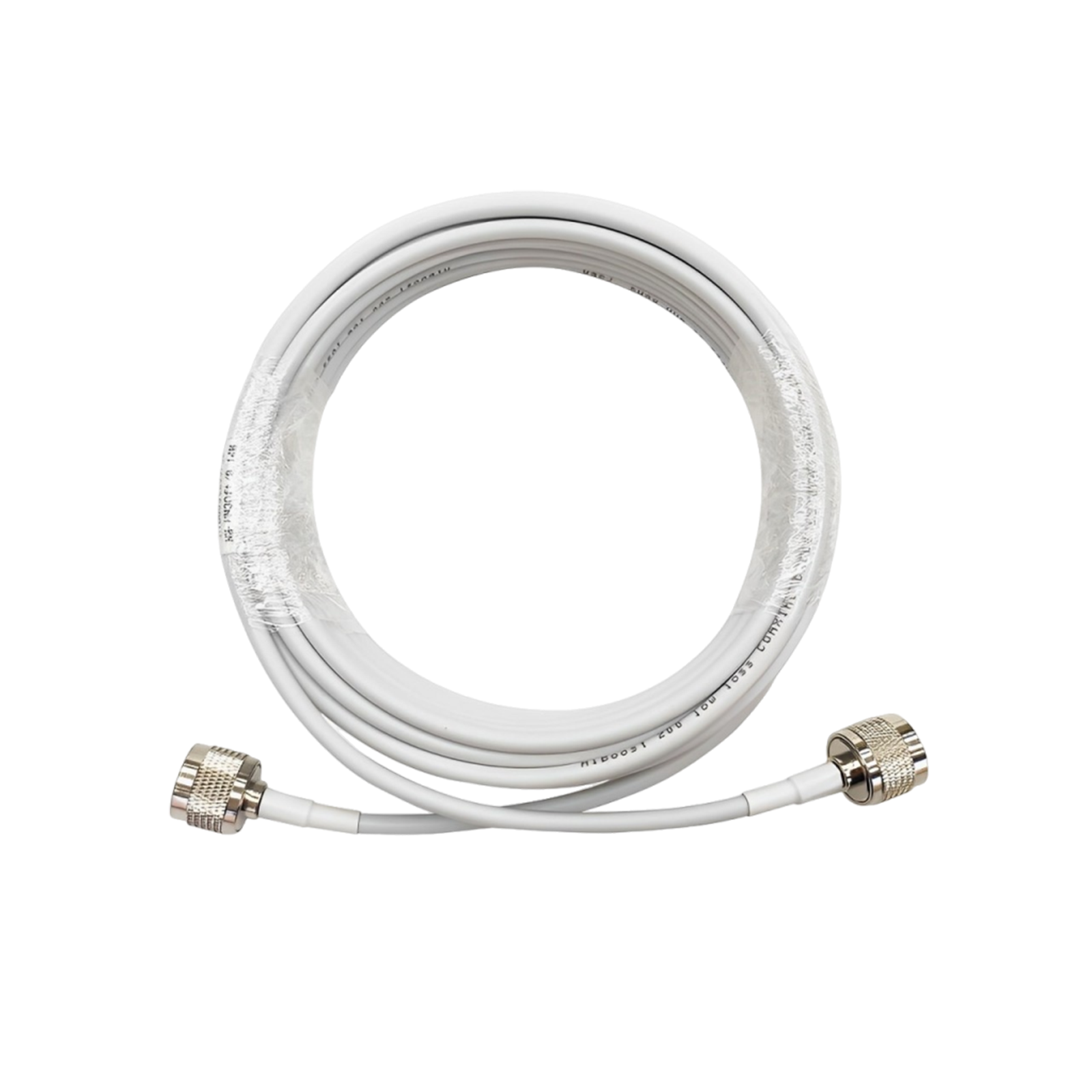

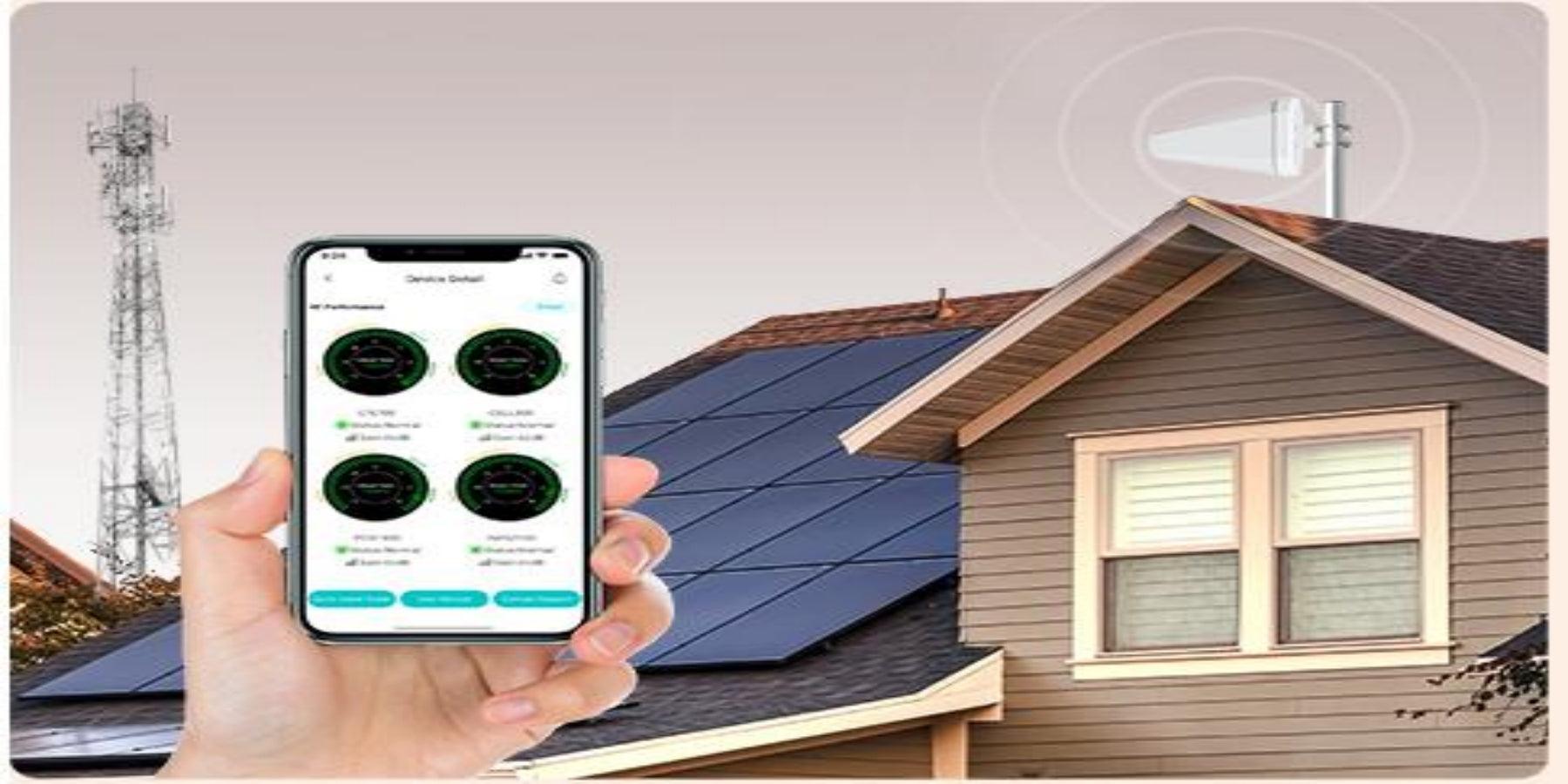
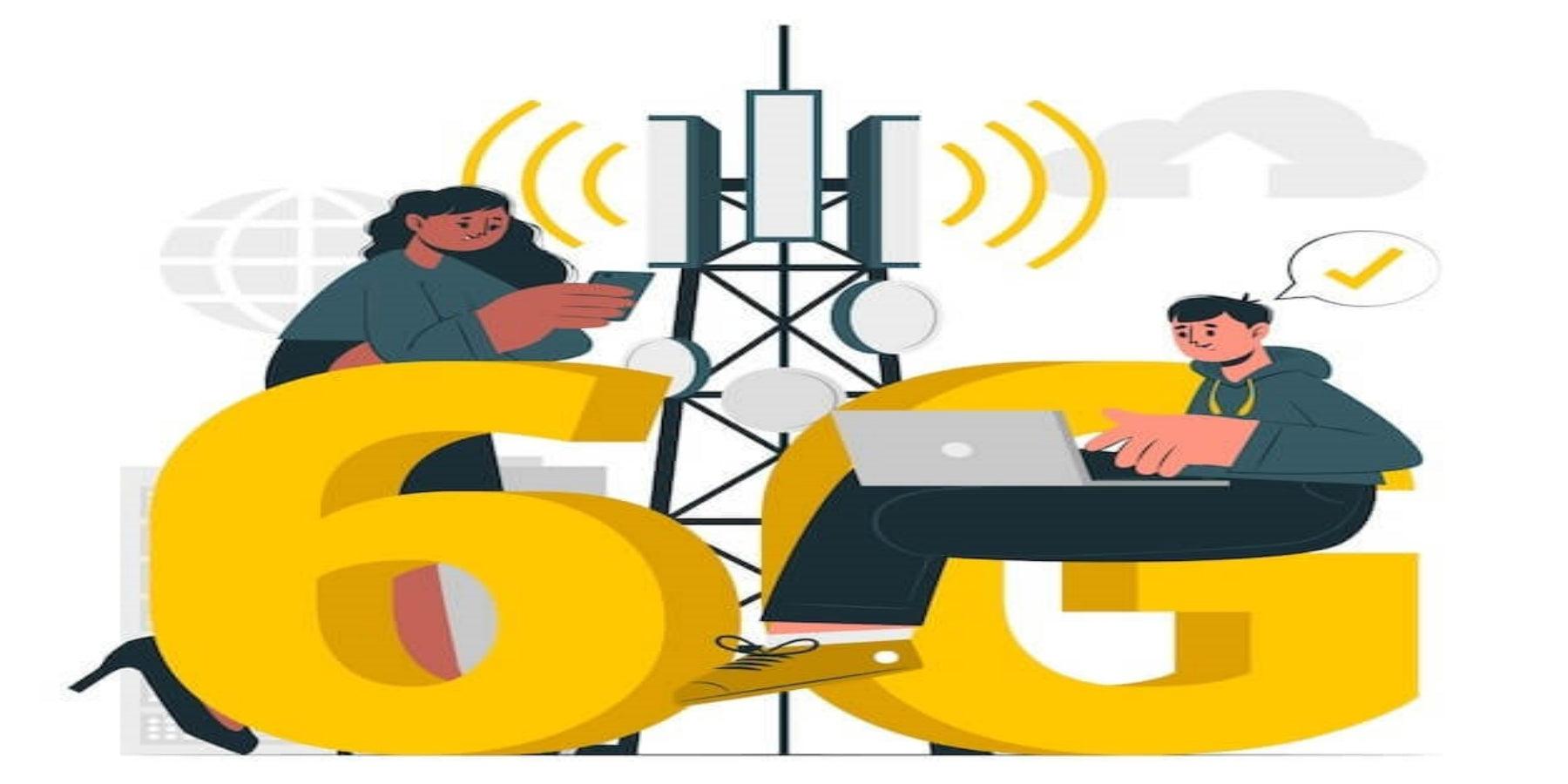
Leave a comment
All comments are moderated before being published.
This site is protected by hCaptcha and the hCaptcha Privacy Policy and Terms of Service apply.